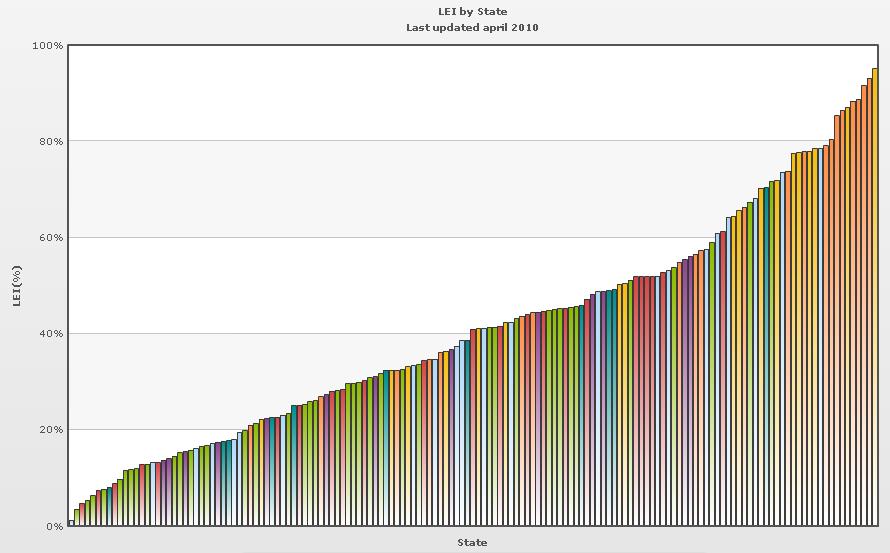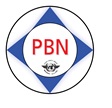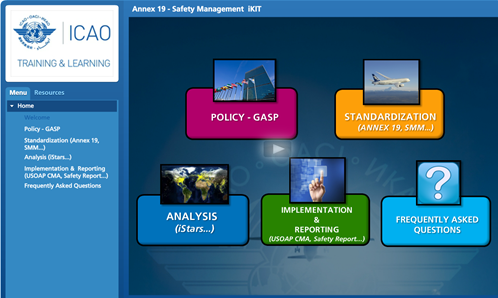 |
 |
 |
iSTARS Newsletter
Nov-13
|

|
 |
|
 |
 |

iSTARS migrates to the new SPACE platform
|
 |
iSTARS has been around for over 2 years and has expanded and evolved constantly. The number of registered users had started to outgrow the initial infrastructure.
This has led to the development of iSTARS 2.0 SPACE, with many new features including:
- a Catalogue of apps you can search and filter to find what you need;
- a personalized desktop where you can manage and layout your apps like on a mobile tablet;
- faster response times through extensive use of our cloud based Safety Intelligence Engine (SIE); and
- the capability to segregate safety information and open registration to industry.
All iSTARS users have access to the 2.0 SPACE version.
|
|
 |
 |
|
 |
 |

A catalogue of SPACE apps
All iSTARS applications have been grouped under a calatogue similar to online web application stores. Apps are grouped by themes and domains and can be searched. Each user can select only those apps he or she really needs.
The catalogue is unique to a category of users depending on their access level (State, industry or general public), which allows information sharing with industry as well as protection of sensitive information.
Check it out »
|
 |

Layout your personal desktop
Under myApps, you can find all the SPACE apps you have selected to install. The apps are laid out like on a desktop. You can rearrange the apps and create personalized desks to group the apps as you wish
Check it out »
|
 |
 |
|
 |
|
 |
 |

USOAP Charts
The USOAP charts app has been redesigned to allow even better analysis of State USOAP results. State results can be analysed with respect to global or regional results.
Drill-down to unsatisfactory protocol questions can be done using the interactive bubble chart. USOAP activities have also been put on a timeline to allow evaluation of progress over time.
Check out the app»
|
 |

PBN Implementation
The implementation of PBN is presently the global aviation community's highest air navigation priority. The PBN concept offers significant benefits including improved safety through more
straight-in instrument approaches with vertical guidance, increased airspace capacity, increased airport
accessibility, more efficient operations, reduced infrastructure costs, and reduced environmental impact.
However, PBN is not a stand-alone concept; it is one of the elements that support the strategic objectives of
the Airspace Concept, together with Communications, Surveillance and Air Traffic Management.
Check out the app »
|
 |
 |
|
 |
|
 |
 |

Terrain Index for Airports
In order to better locate potential hotspots for controled flight into terrain (CFIT) accidents, we have calculated an average terrain height surrounding all major airports in the world.
Using gridded 1-km, quality controlled global Digital Elevation Model (DEM) data from the Global Land One-km Base Elevation (GLOBE) Project, the app displays terrain as well as the related terrain index.
Learn More about the GLOBE Project»
Check out the app»
|
 |

Measuring IMC/VMC
Low visibility conditions at an airport is a recurrent contributing factor to aviation accidents. Using historic METARS, we have calculated an average time of past prevailing instrument meteorological conditions per month and per year for each major airport in the world.
This indicator can be used when performing risk assessment activities.
Check out the app »
|
 |
 |
|
 |
 |
IT Corner
|
 |
|
 |
 |
Increased browser and mobile compatibility
iSTARS 2.0 SPACE is compatible with all major browsers (Internet Explorer, Safari, Chrome and Firefox). Special attention has been paid to mobile users so they may have the same experience and interface from their mobile device as from a desktop computer.
Synchronisation with the CMA Online Framework (OLF)
Whether you look for USOAP audit results on iSTARS 2.0 SPACE or the CMA Online Framework, you will now have the exact same information at any given time. Further connections between the two systems are under development.
|
 |
Safety Oversight Information over REST API
You can now connect your servers directly to the latest USOAP information and use the latest Level of Implementation data inside your dashboards, tables, applications etc.
No need to manually download the data, your servers can talk to our servers directly using encrypted REST APIs.
Learn More »
|
 |
 |
|
 |
Safety Management News
|
 |
 |
 |
 |
ICAO launches NEW Safety Management Website
The new ICAO Safety Management site supports the implementation of ICAO's newest Annex to the Convention on International Civil Aviation (Chicago Convention). Annex 19 - Safety Management consolidates overarching safety management provisions previously contained in six other ICAO Annexes and will serve as a practical one-stop resource for States and industry.
Visit the site »
|
 |
 |
|
 |
 |
 |
Safety Management IKit
This iKit aims at facilitating the understanding and the promotion of the ICAO safety management provisions. In particular, it includes the following information:
- The sources of Annex 19, as well as "what is new and what is not new in Annex 19", which is useful for the filing of differences for the Member States;
- A promotional flyer for Annex 19;
- Several presentations to promote the implementation of Annex 19, including an executive summary as well as one with more details on the content of Annex 19;
Open the iKit »
|
 |
 |
|
 |
 |
Documentation
|
 |
|
 |
 |
Use our presentations and make them yours
ICAO provides pre-formatted presentations and flyers with graphs and highlights to be included on your presentations.
Help yourself in the iKit »
|
 |
 |
Annex 19 and Safety Management Manual
SMM 3rd Edition Highlights »
Annex 19, 1st Edition - Executive summary »
Detailed Presentation of Annex 19 »
Global Aviation Safety Plan
GASP Executive Summary »
GASP Highligths »
GASP Flyer »
|
 |
Safety Intelligence
Safety Intelligence Flyer »
Safety Reports
2013 State of Global Aviation Safety »
2013 Safety Report »
2012 Safety Report »
2011 State of Global Aviation Safety »
|
 |
 |



|
 |
 |
Contact the iSTARS - SPACE team via SPACE@icao.int . If you do not want to receive iSTARS SPACE newsletters anymore,
unsubscribe instantly.
|
 |